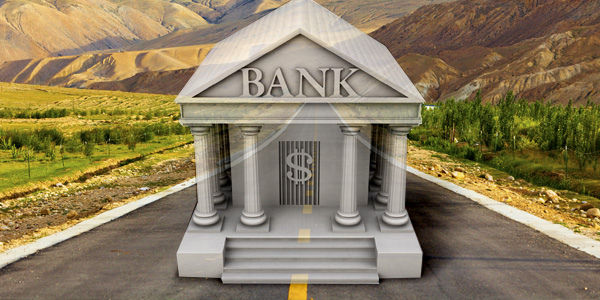As Auto Loan Delinquencies Surge, Here are the Banks to Watch

Almost a decade has passed since the 2007-2009 financial collapse, and the memory of careless mortgage lending that led us there is fading away. But now, we have something else that might be a bit of a concern: Rising auto loan delinquencies.
Look at this chart showing five years of auto loan delinquency data. At the end of 2016, 2.26 percent of auto loans were at least 30 days past due, up from 1.89 percent in 2011. That’s a nearly 20 percent increase over just the last half decade.

This means the vehicles we use every day could possibly trigger some financial problems for us down the road. We got here because financing a vehicle has never been easier. Almost anyone can go into a dealership and get themselves into a brand new or used vehicle in no time. The options are endless, even with a poor credit score.
The good thing about this is that car buyers can get cars easily, and car sellers can pocket serious cash by charging high interest rates to borrowers with low credit scores. That stimulates the overall economy.
The bad thing is that auto lending could be getting out of control, just like mortgage lending did a decade ago. That would damage the economy by causing banks to lose too much money, and clamp down on fresh lending. No lending, no sales. No sales, no jobs. No jobs … well you get the picture.
So how serious is this problem? Let’s look at the numbers ...
Our analysis of the most recent and historical call reports filed by the U.S. banks shows that auto lending has indeed increased over the last five years. At the end of 2011, the U.S. banking industry had $278.7 billion of auto loans on the books. This rose by 49.9 percent to $417.7 billion by the end of 2016, as you can see below.

The following chart compares auto loans to total U.S. bank lending. At the end of 2016, the banking industry had $8.9 trillion in total loans and leases, of which only $417.7 billion were auto loans. So while we’ve clearly seen upward movement, auto loans still don’t represent a huge portion of the total.

Our view is that this trend is definitely worth monitoring as bank investors. If the economy sinks in the future, delinquencies will rise even higher, and banks could face some serious losses. In fact, given the increase in delinquency, let’s take a look at banks that might be affected if the auto industry goes downhill.
Wells Fargo Bank, National Association, the second-largest bank by assets in the U.S., was the top auto lender in 2016 with $60.5 billion. JPMorgan Chase Bank, National Association, the largest bank in the nation, came in second with $50.3 billion in auto loans. Capital One, National Association, the eighth-largest U.S. bank, was third in auto lending in 2016 with $47.9 billion. Overall, the top 10 auto lenders represented 73.4 percent of all auto lending in the country in 2016.

The majority of the banks above don’t appear to have excessive delinquent auto inventory (yet), with many showing delinquency rates below the 2.05 percent industry average. But one exception is Capital One, with a delinquency rate well above the others at 6.58 percent for 2016. This is something worth paying attention to and should be monitored closely as the bank’s financial health might depend on it.
Overall, the five-year bank data shows a large increase in auto lending and delinquency. It appears that auto financing is indeed in an upswing, requiring careful monitoring and conservative lending to avoid any major problems.
Auto loans do not represent too big of a portion of the overall bank lending, which could be a good thing should the auto industry collapse. However, the top lenders should be careful as they financed most of the auto loans in 2016 and are very likely to continue to do so in the future.
If you have an auto loan with a particular bank, and want to check out the bank’s safety rating, be sure to use the Weiss Ratings website.
